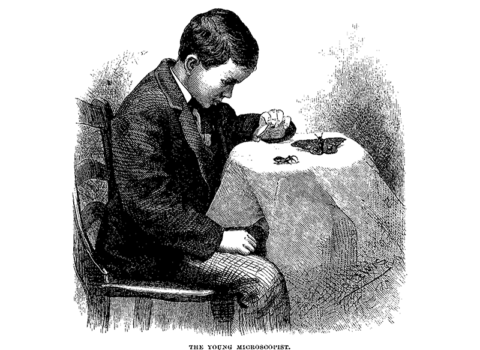Barbarism
Is the United States a barbaric nation? The news coverage that marked the anniversary of last year’s Capitol riot—with the constant streaming of images of Trumpist thugs in bizarre outfits—could easily make one think so.
Nevertheless, a violent “insurrection” in this “sacred” building, however sensational, isn’t necessarily representative of America’s state of mind or of its civic DNA. To begin with, it’s a bit of a stretch to say that the riot was a coup organized by neo-fascists. Their presumed leader’s limited powers of concentration were on full display on January 6, when he spent most of his time glued to his television set instead of planning the second act of his reality-TV melodrama. Yes, there were a few casualties among the protesters and police, but in a country that is armed to the teeth, we can be glad that the assault on the seat of the republic in Washington, D.C., didn’t become a massacre.
On the other hand, the free-for-all inside the Capitol building was itself evidence of barbarism because of the lack of organization and coherence among the instigators. The barbarians of January 6 clearly had no idea what they wanted to achieve. It was a matter of fierce resentment boiling over—what philosopher Jacques Rancière calls “shared hating.”
In fact, the crudest form of American barbarism is often invisible; it hides here and there within a federal system that varies widely across regions, states, and counties. In order to define the barbaric tendencies in the United States, one must compare the banal statistics of our daily lives with those in other supposedly civilized and democratic countries.
The Infant-mortality rate is a key indicator of barbarism in a society. In the United States, that rate is 5.8 deaths per 1,000 births, according to the latest statistics compiled by the Organization for Economic Cooperation and Development (OECD) in 2019. This track record places the number-one superpower in 33rd place out of 36 members of the OECD, below Canada and Slovakia, each at 4.5, but above Chile, at 7 (Japan has the lowest infant-mortality rate, at 1.9). Societal gaps in America are so wide that the OECD’s list specified the best state in which to give birth (Massachusetts, at 3.8) and the worst (Mississippi, at 8.6). Isn’t it outrageous that a baby born in Mississippi has more than twice the chance of dying at birth than a baby born 1,500 miles to the north? Isn’t it barbaric that the president and Congress don’t intervene to bridge this gaping chasm? Thoughtless by nature, barbarians think that universal health insurance is a satanic plot.
Another significant barbarism is the death penalty, which is applied inconsistently in this country, almost at random, according to the laws and political moods of each state (for instance, it is legal in Mississippi but not in Massachusetts). Donald Trump stood out in this regard: toward the end of his term in office he ordered thirteen condemned prisoners to be executed, by far surpassing all records for a single president since capital punishment was reinstated at the federal level in 1988. But in the United States, support for the ultimate punishment is bipartisan: as governor and president, Bill Clinton found it beneficial to his political career, and its use remains an essential tool among cynical politicians of both parties. In this matter, it is hardly possible to make comparisons to other OECD member countries, where the death penalty is rarely applied. To make a meaningful comparison, one must turn to America’s true peers in this domain: the Chinese, Iranians, and Saudis.
Paradoxically, American executions, always announced by the government, are trumpeted, but a more widespread barbarism is taking place at the same time on a more silent stage, invisible to the larger public. We are all too familiar with the sordid history of the CIA’s “black sites,” at which many suspected terrorists were secretly tortured, as well as the horrors of the Abu Ghraib prison in Iraq, where torture, rape, and humiliation of detainees were openly practiced in front of a military audience. Today, despite the renunciation, in principle, of torture beyond American borders, another method of torture—solitary confinement—is still being practiced in prisons inside the country. The Constitution forbids “cruel and unusual punishment,” but most of us have always known that depriving a prisoner of human contact, air, and light is certainly cruel.
According to a study conducted by the Yale University Law School, in 2019 there were between 55,000 and 62,500 people in solitary confinement—on average for twenty-two hours a day for a minimum of 15 days—in federal prisons and in the state prisons that cooperated with the researchers. In the thirty-three locations studied, almost 3,000 prisoners had been in solitary confinement for more than three years. A famous witness to this variety of barbarism was bilingual, binational, and inspired by American-style liberty, the Marquis de Lafayette, who was kept in almost continual solitary confinement in Austria for three years after he fled The Terror during the French Revolution. For Lafayette, according to his secretary Auguste Levasseur, isolation in prison was useless for reforming a human being; it also “led to madness.” At least the January 6 lunatics demonstrated their barbarism in full view, openly and proudly.



